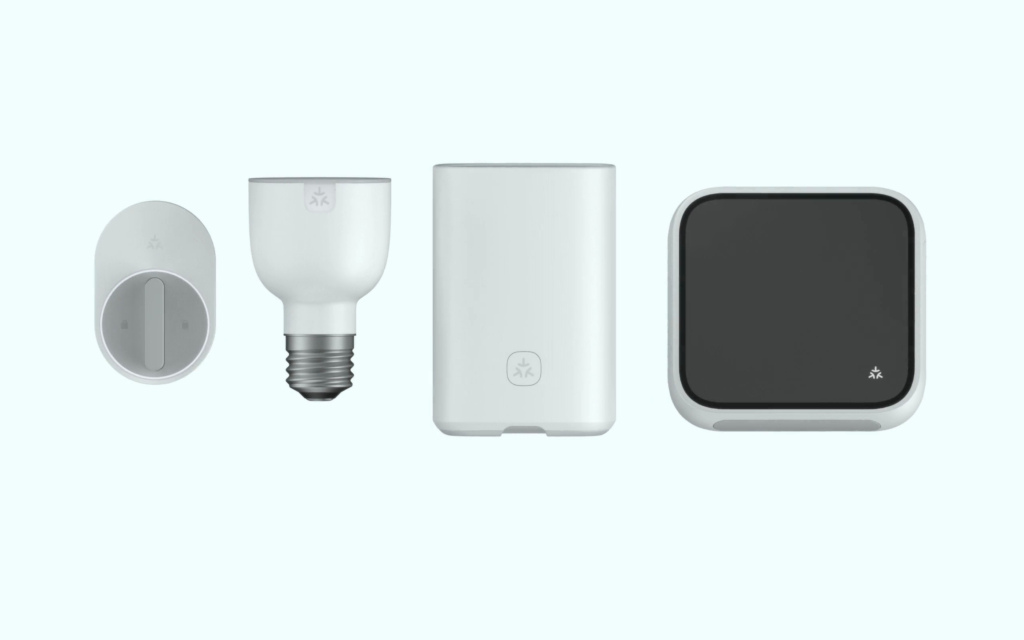What is Matter? Why Smart Home Compatibility Finally Matters
The Smart Home Standard That Promises to End the Ecosystem Wars

Building a smart home used to mean making tough choices before you even started shopping. Want that specific security camera? Better make sure it works with HomeKit. Love those smart switches? Check if they're compatible with Google Home first. Homeowners found themselves trapped in ecosystem silos, forced to choose between the best devices and the ones that would actually work with their preferred voice assistant and smart home platform. This device compatibility maze has frustrated smart home enthusiasts for years, but a new industry standard called Matter promises to change that.
The Ecosystem Problem That Started It All
The smart home industry created its own worst enemy: fragmentation. Apple HomeKit demanded specific security chips and lengthy MFi certification processes that could take months. Google Assistant devices need to integrate with the Google Cloud and support specific WiFi protocols. Amazon Alexa requires manufacturers to build Alexa Skills and use Amazon's device discovery methods. Each platform operated like a walled garden with different technical requirements, communication protocols, and approval processes.
This three-way split forced manufacturers into an expensive juggling act. Companies had to build separate versions of the same product, pay multiple certification fees, or pick sides and abandon entire customer segments. Homeowners paid the price through limited device selection, higher costs, and the constant worry that their next smart home purchase might not work with what they already owned.
What Does Matter Do?
Matter cuts through this complexity with a single communication standard that all major platforms agreed to support. Think of it as a universal translator for smart home devices. Instead of learning three different languages, a Matter-certified device speaks one protocol that Apple Home, Google Home, and Alexa can all understand.
The technology emerged from an unlikely alliance called the Connectivity Standards Alliance, where Apple, Google, Amazon, and Samsung actually collaborated to bridge their competing systems. Their goal was simple: create one standard that replaces the need for separate HomeKit, Google, Alexa, or SmartThings versions of every device. For the first time, manufacturers could build one product that works everywhere, and homeowners could buy devices based on features rather than ecosystem compatibility.
The Rollout Reality Check
Matter launched in late 2022 with significant fanfare, but the real-world implementation has been more gradual than revolutionary. While the promise remains solid, early adoption revealed the challenges of getting an entire industry to change direction simultaneously.
The biggest irony? Matter itself suffers from version fragmentation. Some platforms support Matter 1.3 while others have moved to 1.5, creating subtle compatibility gaps that echo the original problem. Apple has been particularly measured in its rollout, Google has embraced it more aggressively, and Amazon falls somewhere between. Each company prioritizes different Matter features, meaning a device might work across all three platforms but with varying levels of functionality.
Currently, Matter works best with basic device categories like lights, switches, and simple sensors. More complex devices still struggle with the translation between ecosystems, and some manufacturers report that their devices still perform better when used within their original "native" ecosystem.
What Matter Can and Can't Do Right Now
Matter handles straightforward device functions well. Basic lighting control, simple on/off switches, and temperature monitoring work reliably across all three major platforms. These fundamental smart home building blocks translate cleanly between ecosystems without losing functionality.
The limitations become apparent with advanced features. Take Philips Hue lights as an example: while you can turn them on, off, and adjust brightness through Matter, the sophisticated color scenes, dynamic lighting effects, and sync-with-entertainment features only work properly within the Philips Hue app or when used natively with specific platforms. Similarly, smart thermostats might offer basic temperature control through Matter but lose advanced scheduling, learning algorithms, and energy reports that make them truly "smart."
Security devices face the biggest challenges. Video doorbells and cameras remain largely ecosystem-specific, as the platforms haven't agreed on standards for streaming video, recording preferences, or notification systems. Entertainment systems like multi-room audio also stay within their traditional boundaries, since audio synchronization and quality controls don't translate well through Matter's current specifications.
Matter represents genuine progress toward smart home compatibility, but it's not the complete solution many hoped for yet. For homeowners wanting true universal device control today—without waiting for tech giants to fully cooperate—there is an open-source approach that doesn't compromise on features or functionality, but it does take more work to get it going. We'll get into that next month, so stay tuned! In the meantime, contact Total Home Technologies to explore comprehensive smart home solutions that work with everything you want to do and use.